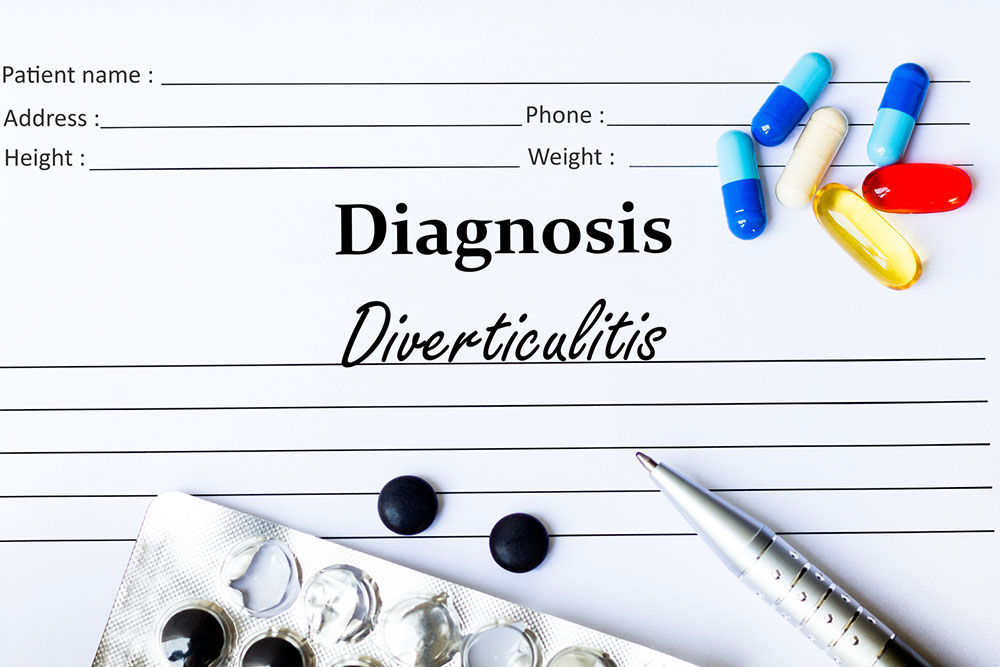
Diets & Meal Plans
Top Foods that Cause Acid Reflux
If you suffer from a burning sensation or acute discomfort that travels up from your stomach into your chest and the regurgitation of food that you recently ate along with a sharp and sour taste of acid, these symptoms are native to acid reflux. While the occasional experience of acid reflux need not worry you, if it becomes regular, more intense, and disturbs your sleep, you must visit your doctor. Food that enters the stomach is retained by means of the lower esophageal sphincter (LES), which is a muscular ring, and it must close immediately as it may become weak or damaged. If it doesn’t close fully or remains open too often, it causes digestive acids to move up into the food pipe or esophagus. This causes the typical symptoms of heartburn, sour taste in the mouth, regurgitation, dyspepsia or burning sensation in the stomach, nausea, upset stomach, bloated feeling, difficulty swallowing, burping, dry cough, and a sore throat. Sometimes, the symptoms are so severe that they can be mistaken for a heart attack. If symptoms persist and are left untreated, you can develop gastroesophageal reflux disease. Relationship Between Food and Acid Reflux Your diet has a significant impact on acid reflux. Foods that are acidic in nature contribute to the increase of acids in the stomach and there are more chances of these causing reflux through a weak or damaged LES. There are many such trigger foods, and along with the medication, exercise and lifestyle changes that your doctor recommends, avoiding such foods can help you manage and eliminate your symptoms. Eating heavy meals close to bedtime and lying down immediately after a meal can trigger an attack. Being obese or pregnant, bending over after a meal, snacking close to bedtime, smoking, and taking over-the-counter pain relievers like aspirin, ibuprofen and muscle relaxants, certain antibiotics, and blood-pressure medications can set off acid reflux symptoms.












